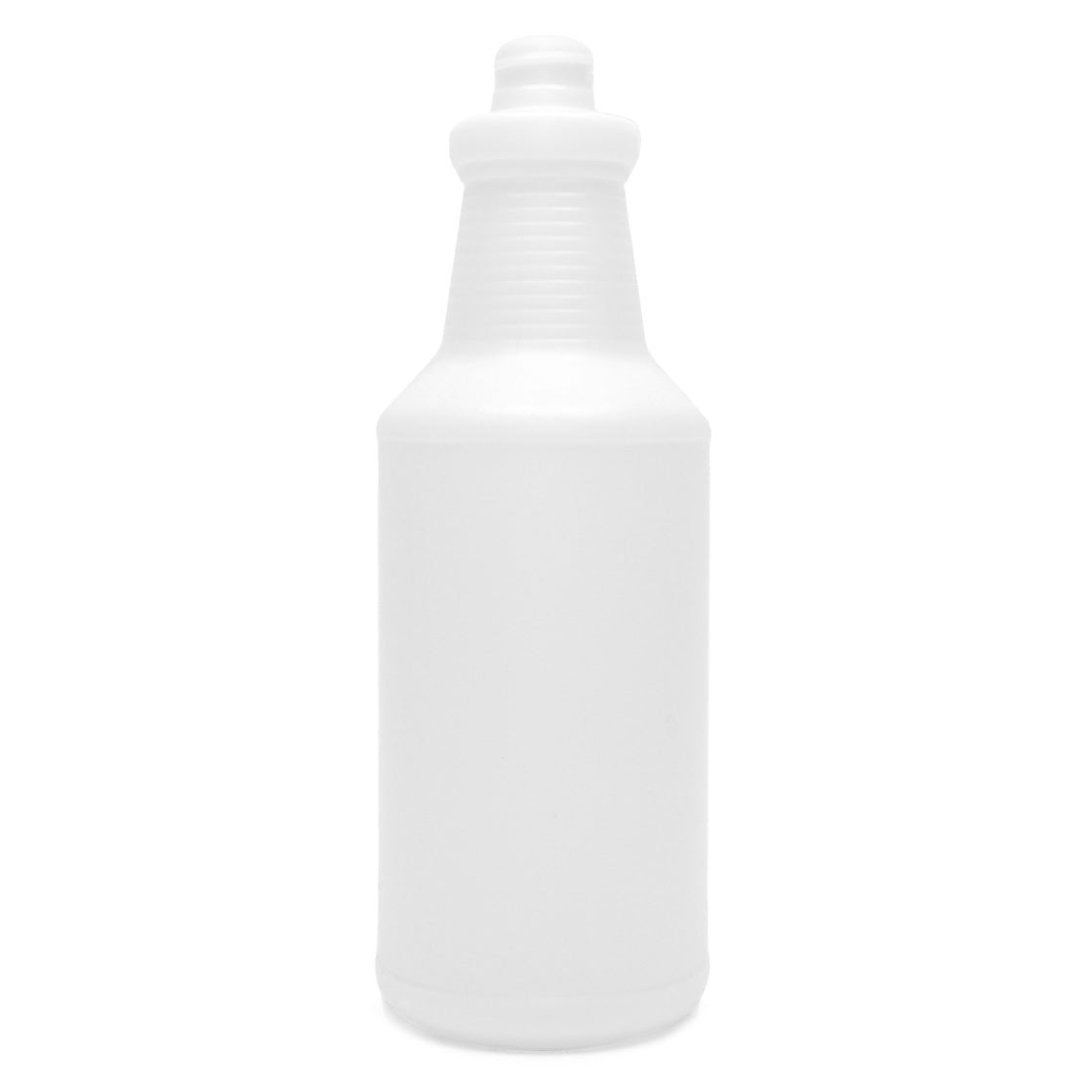

We Say
When you really get into detailing you will find yourself needing to make up diluted solutions of various cleaning products on a regular basis. The Atomiza Handi-Hold Bottle is perfect for this task, and can be fitted with either an Atomiza Standard Spray Head or an Atomiza Chemical Spray Head, depending on the aggressiveness of the product being used.
Key Features
Capacity946 ml(To Maximum Fill Line)
Chemically ResistantYes(Tolerates Strong Chemicals)
ConstructionHDPE(High-Density Polyethylene)
Description
The Atomiza Handi-Hold Bottle is made out of high-density polyethylene and will thus tolerate long-term exposure to even the most chemically-aggressive cleaning products we sell. Temporary labels can either be stuck on (3M High Performance Masking Tape is very handy for this) or written on (using a marker pen).
Specification
| Adjustable Spray Pattern | n/a |
|---|---|
| Capacity | 946 ml |
| Chemically Resistant | Yes |
| Construction | High-density polyethylene |
| Promo Offer | BUY 3 OR MORE SAVE 5% |
How To Use
Making up diluted solutions is a relatively easy task, but it's worth noting that some confusion can arise from differences in the way that car care product manufacturers quote dilution ratios. Strictly speaking, dilution ratios should be quoted as the number of parts of original chemical in the total number of parts of diluted solution. Accordingly, a dilution ratio of 1:10 would be achieved by making up a solution containing one part neat chemical and nine parts water, i.e. ten parts in total (giving a dilution ratio of one in ten). However, it's far more common for manufacturers to quote dilution ratios in parts dilutant to parts original chemical. Accordingly, a dilution ratio of 10:1 would be achieved by making up a solution containing ten parts water and one part neat chemical, i.e. eleven parts in total (giving a dilution ratio of ten to one). It contrast to the strict definition, this produces a slightly weaker solution, and for this reason we recommend that this latter interpretation is adopted whenever doubt about the ratio arises, as it's far safer to work with a solution that's too weak rather than one that's too strong.

